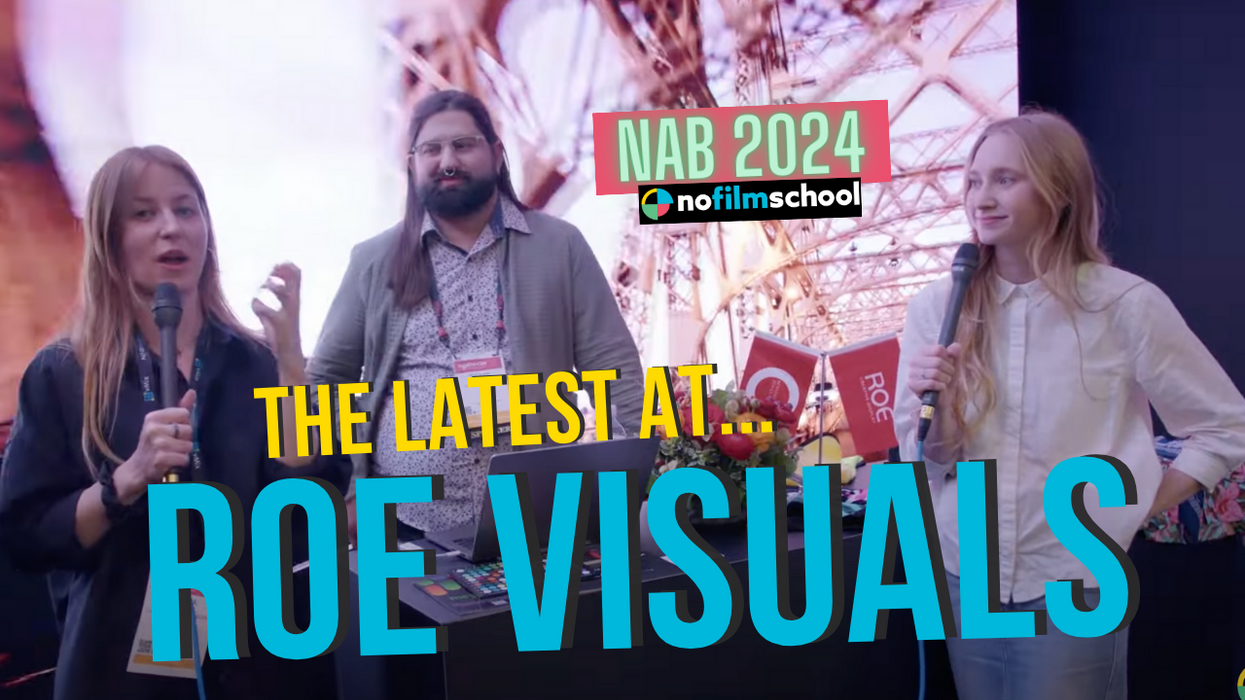Watch: Complete History and Science Behind the Use of Color in Film

In this lesson, Hess illustrates a timeline of the use of color in film and photography. Isaac Newton, after beginning to experiment with optics in 1666, was the first to think of color as a function of light, but it wasn't until James Clerk Maxwell actually tested out the Young-Helmholtz Theory (that the human retina is made of cones responsive to only 3 colors of light (red, yellow and blue -- later revised to red, green, and blue,) that any scientific explanation behind color began to emerge.
In Filmmaker IQ's lesson it describes the experiment that brought color theory to cinema by way of photography:
In 1861, with the help of Thomas Sutton, the inventor of the Single Lens Reflex camera or SLR, Maxwell applied his theory to photography, shooting a tartan ribbon with a black and white camera three times, once using a red filter, a green filter, and a blue filter. Combining the color separations back together, Maxwell and Sutton created the world’s very first permanent color photograph which would become the basis for all color photography to come.
Many early filmmakers hand-tinted each frame of their films in order to give it some color. This is the earliest, as well as one of the most famous examples of hand-tinting in the history of cinema -- Annabelle Serpentine Dance, which was filmed in Edison's Black Maria.
Georges Méliès also used this process in his films, for example, A Trip to the Moon. Some (and eventually most) of the earliest filmmakers began using bath processes like tinting and toning to give color to their films. The effect of this helped develop a film language for color -- some filmmakers used yellows to indicate daytime and blues to indicate nighttime, for example.
Check out the video below, in which Hess shares an incredibly intriguing and complete history about the development of color in film. He talks about the first attempt at capturing color naturally in films, which was made by Charles Urban and the Natural Color Kinematograph Company in 1908, the birth of Technicolor in 1915, and finally the move to digital.
Be sure to follow along in the printed version of the lesson as well.
What do you think about the birth of color in film? What did you find most interesting about the lesson? Let us know below.
Link: The History and Science of Color Film: From Isaac newton to the Coen Brothers -- Filmmaker IQ












